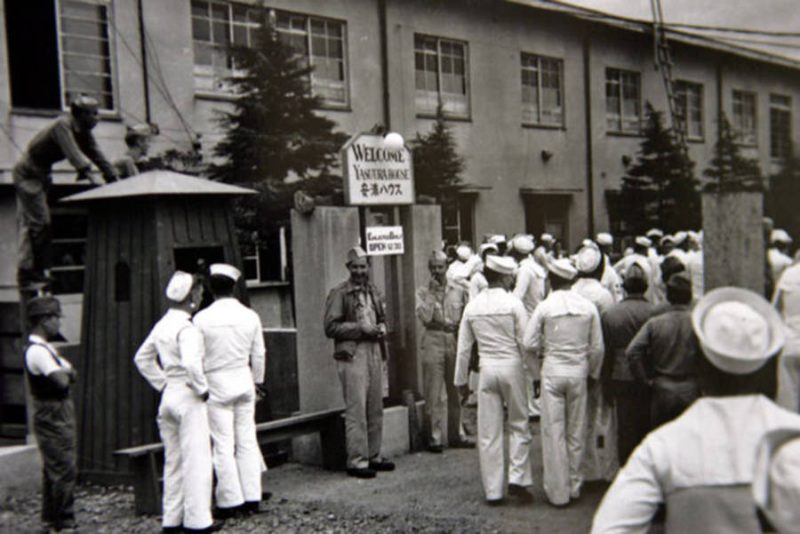When thinking about war crimes in World War II, the Holocaust, the Nazi Party, and the Nuremberg trials come to mind.
War crimes perpetrated by the Allies are something that most are not aware of. While it can be argued that the war crimes committed by the United States were not as heinous as those of Germany, they were still devastating.
Mass rape in Asia and Europe
One of the tragic tolls of war that is often glossed over is rape. This is an odious crime, and historians agree that American soldiers raped tens of thousands of women. These rapes occurred both during the war and in its immediate aftermath.
Precise estimates are impossible to obtain, but the book Taken By Force estimates approximately 11,000 women were raped in Germany between 1945 and 1946.
While fraternization with German women was forbidden, one American commander stated that copulation without conversation was not fraternization.
Germany was not the only country in which these atrocities occurred. The allied country of France also suffered from this war crime. Hundreds of French women reported being raped by American soldiers during the country’s liberation from German occupation.
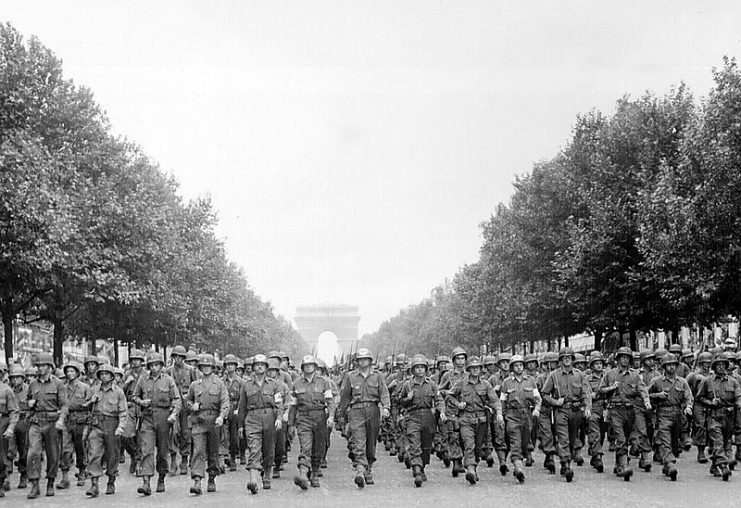
The attitude of American troops was no different in the Pacific. An estimate states that 10,000 women were raped on Okinawa alone. The rapes did not stop after the Japanese surrender, as 1,336 incidents were reported in the first ten days after the surrender in Kanagawa.
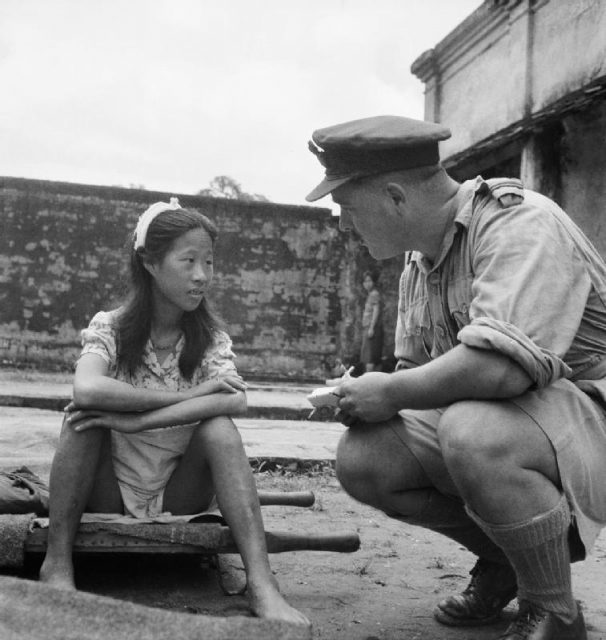
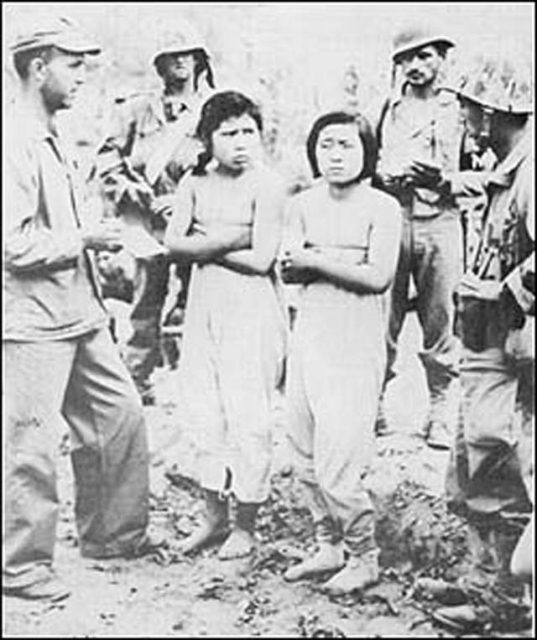
Mutilation in the Pacific
After Pearl Harbor, the United States started military campaigns in the Pacific. The primary enemy was Japan and many soldiers on both sides perished. The war crimes committed by US soldiers during this campaign are clearly documented.
The worst was the mutilation of Japanese corpses to take trophies such as their skulls. The practice was widespread among the troops, and reached a point where the Commander-in-Chief of the Pacific Fleet ordered directives against it in 1942 and 1944.
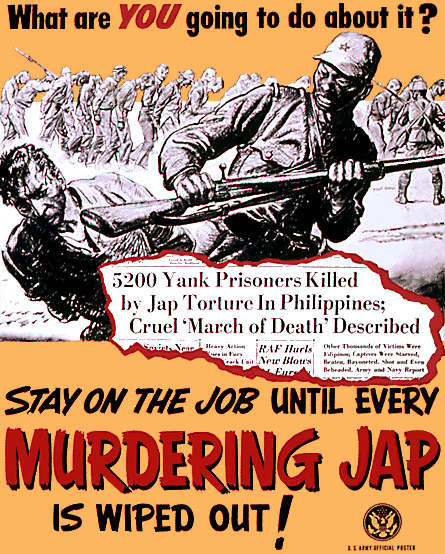
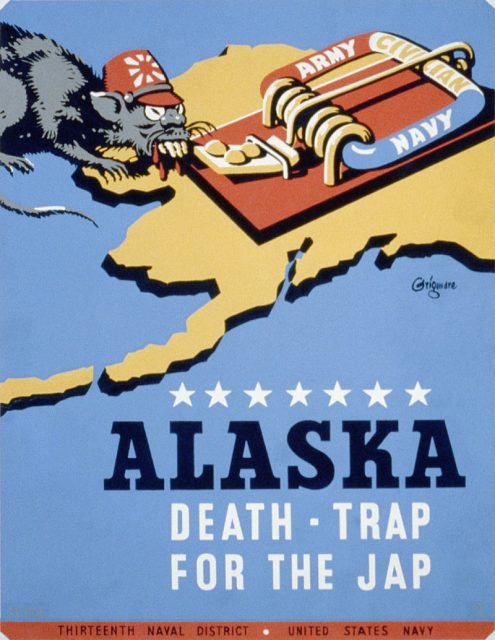
In Trophies of War, history professor James Weingartner states that mutilation was not uncommon. The Nevada Daily Mail ran a story in 1944 about Francis Walter presenting President Roosevelt with a letter opener made from a Japanese soldier’s arm.
Charles Lindbergh was once asked if he was carrying bones on his way home from the Pacific. The customs agent told him that the practice was so common that this had become a routine question.
The bombing of Dresden
In February 1945, British and American bombers started the Dresden bombing campaign, which lasted for three days and nights. While this was not the worst bombing mission of the war, 25,000 people were killed.
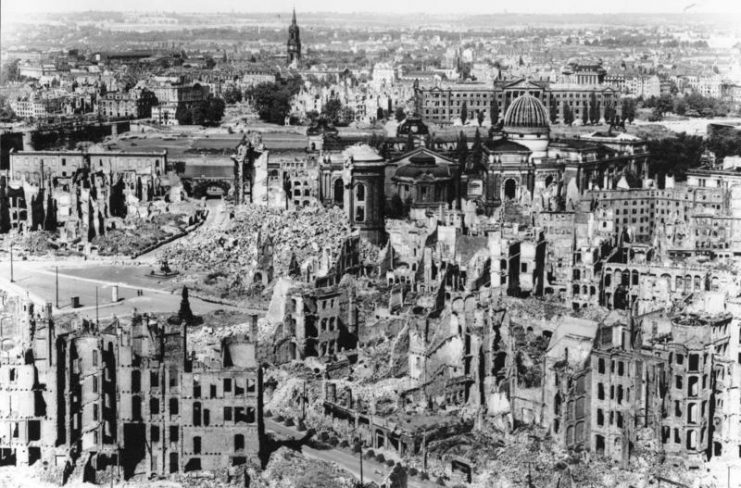
Historians who believe the bombing of Dresden is a war crime point out that the target was civilians and done as a show of might to the Soviet Union.
A British Royal Air Force memo which was issued to the bombers appears to support this theory. The memo stated that the campaign would show the Russians what Bomber Command was capable of. The fact that industrial targets in the city were unscathed also lends credibility to this view.
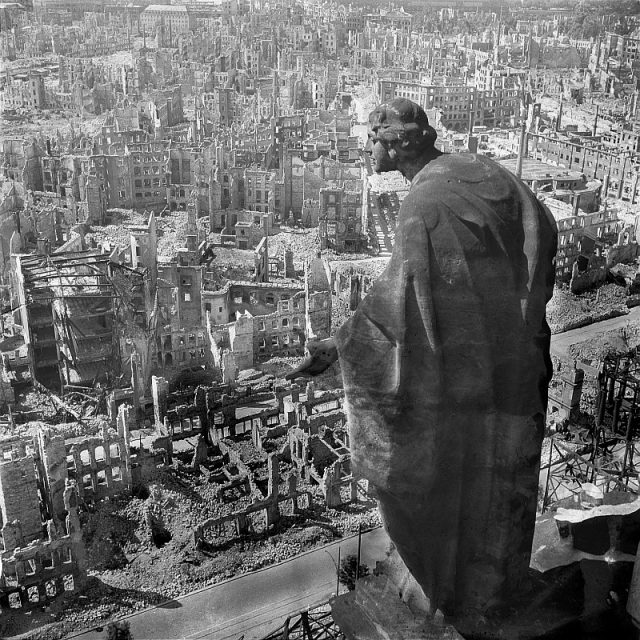
There were two official inquiries by the United States into the bombing. Both found the action to be justified, but they are largely dismissed by scholars today. The reports are seen as a whitewashing of the bombing by one of the perpetrators.
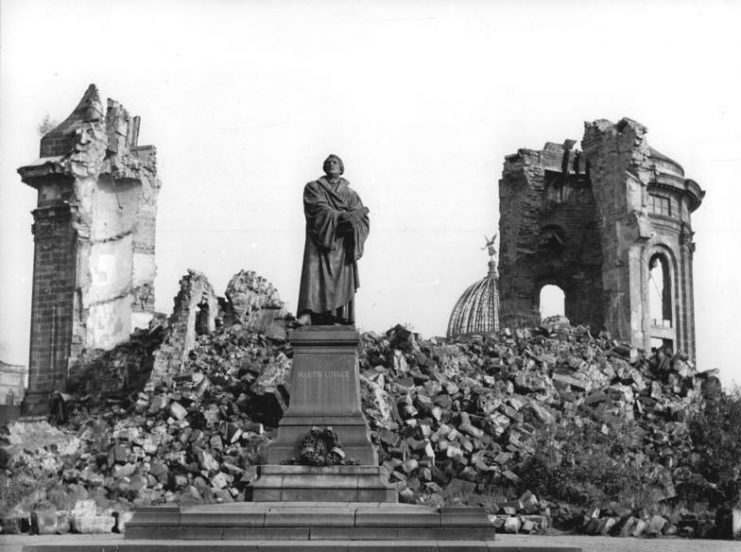
Operation Teardrop
Operation Teardrop was the US answer to Adolf Hitler’s U-boats in the North Atlantic. The campaign went largely according to plan and international law. There is only one incident that went so far out of hand that it ended up being a war crime.
In 1945, U-546 sank the USS Frederick C. Davis, killing 126 of the crewmen. When the U-boat was then sunk by the USS Flaherty, 32 survivors were taken prisoner. All of the prisoners should have been sent to a prisoner of war camp, but 8 were pulled aside for interrogation.
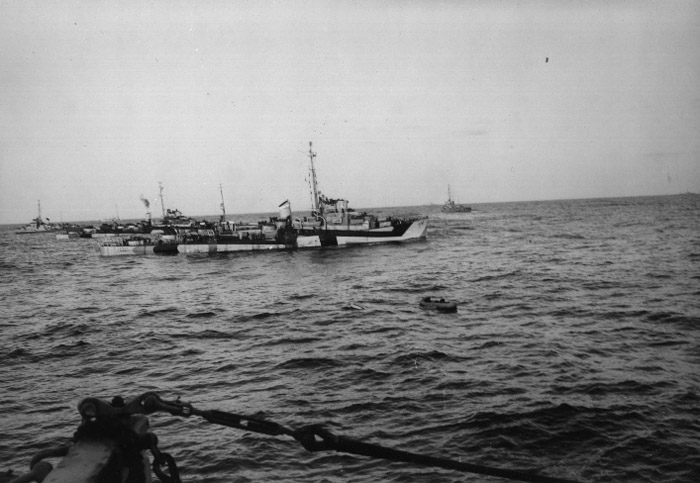
The 8 prisoners were repeatedly beaten, subjected to exhaustive physical strain, and placed in solitary confinement. The torture continued for over two weeks until Germany surrendered. After the surrender, the prisoners were moved to Fort Hunt where they were again subjected to harsh treatment and conditions.
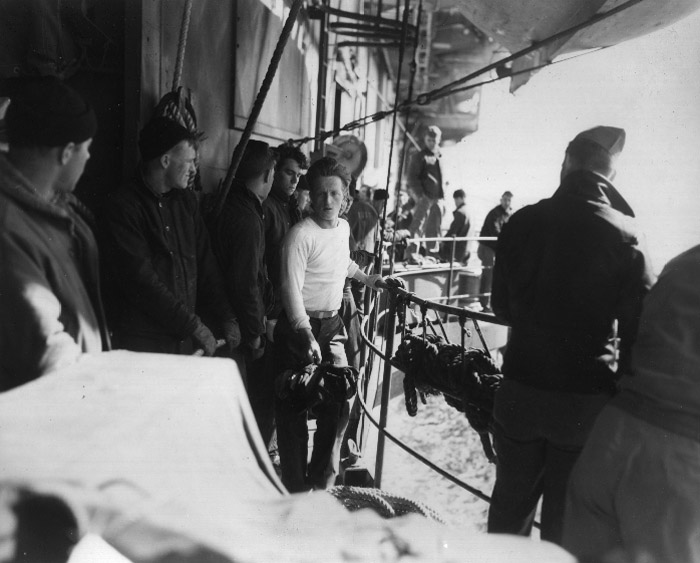
Concentration camp slaughter
While we understand in hindsight how brutal the Holocaust was, liberating Allied troops had to experience the literal aftermath of it. There is no way to understand the shock and horror they might have felt when confronted with concentration camps. The question is whether this excuses the war crimes they committed as a result.
When American soldiers liberated the Dachau concentration camp, they found thirty-nine railway boxcars filled with corpses. The surrender of the camp was quick and painless, but that gruesome discovery left the soldiers thirsty for vengeance. What happened next varies, depending on whose account you read.
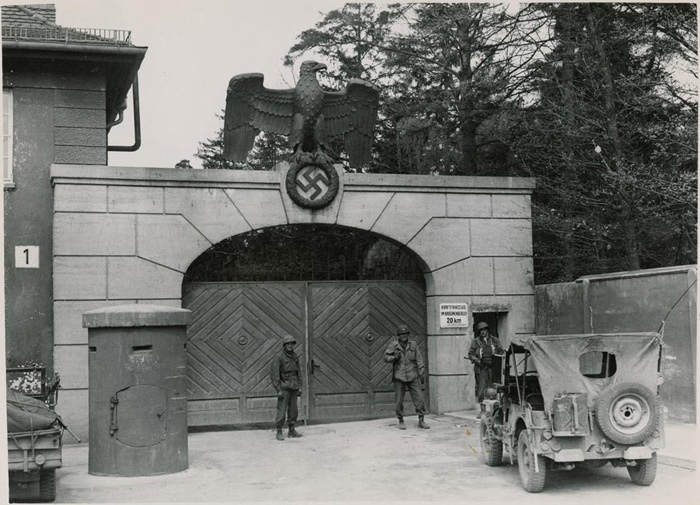
According to commanding officers at the scene, 12 to 16 German prisoners were executed by machine gun. Approximately 30 more Germans were executed that day, according to Lt. Col. Felix Sparks. First Lt. Howard Buechner alleges that 520 Germans were killed, with 346 of them being a mass execution.
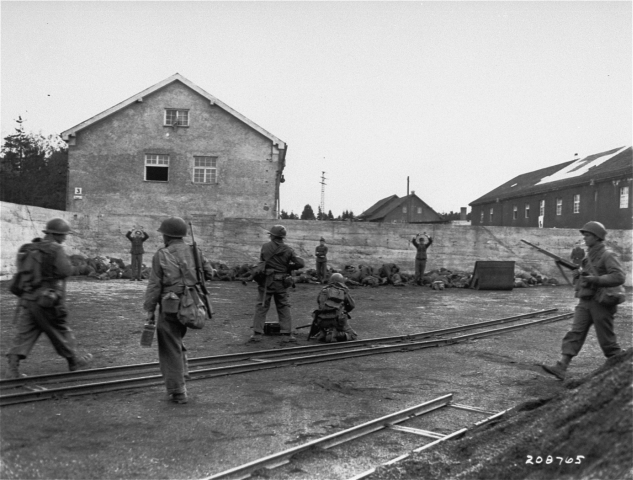
The Biscari massacre
When the Allies invaded Sicily, they found their first triumph in their campaign to take Europe back. The problem came just 4 days later with the largest massacre to be committed by American soldiers. The killings have become known as the Biscari massacre, named for the airfield the Americans were trying to capture.
On July 14, 1943, American troops slaughtered 73 prisoners of war in 2 incidents. The first incident occurred under the command of Sergeant Horace West. His men stormed the airfield and took more than 40 prisoners. A few were sent for questioning while the others were lined up and executed via machine gun.
Read another story from us: Virtually Unpunished – Horrible War Crimes in the “Rape of Nanking”
Later that day, Captain John Compton and his men took 36 prisoners. The American interpreter asked the prisoners if they had been shooting, since many were dressed in civilian clothing. He received no answer. However, Compton’s lieutenant told him that they had. This prompted Compton to give the order to shoot the prisoners.
